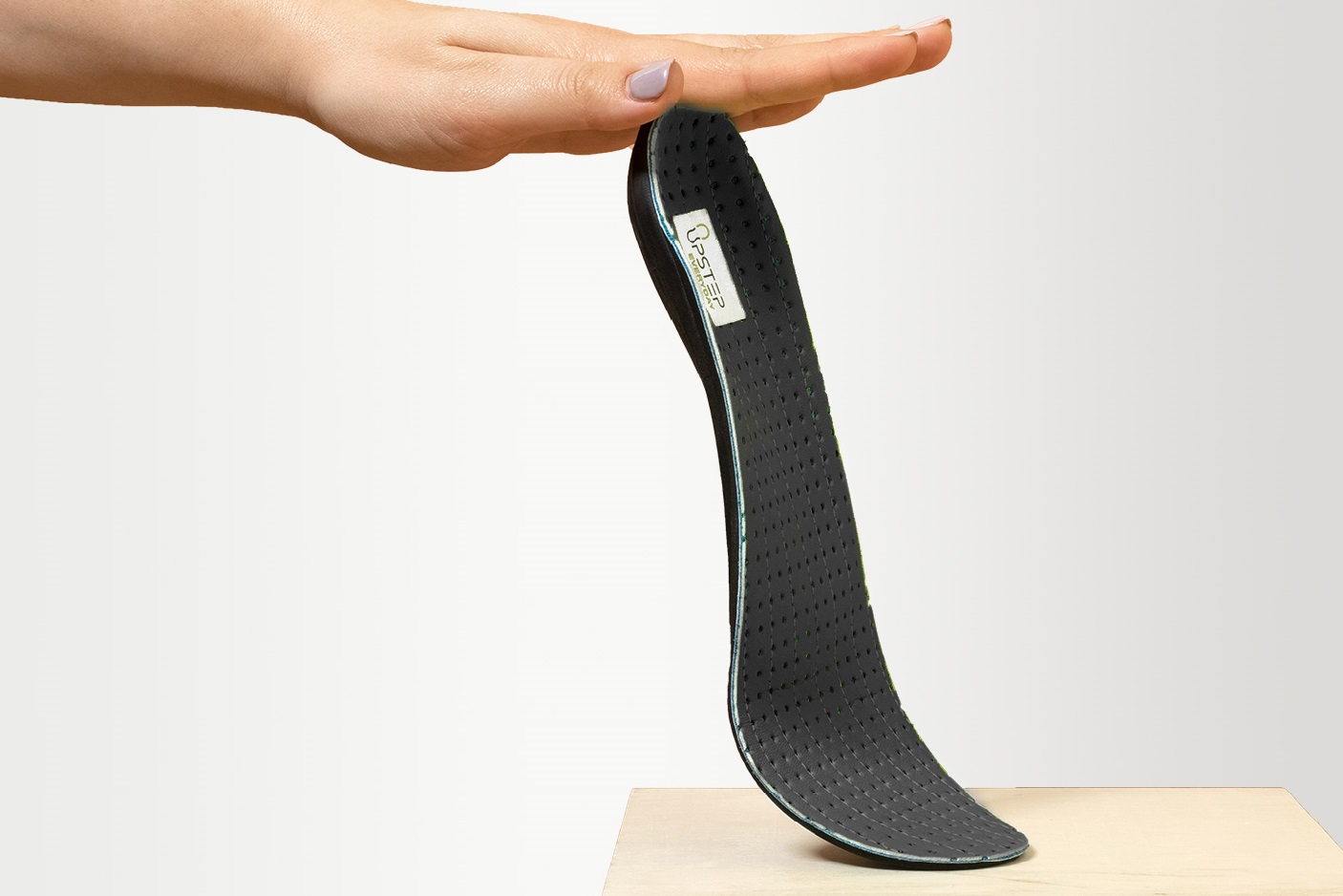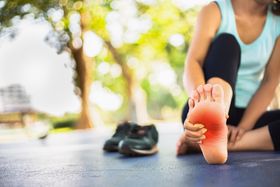A PT’s Opinion on the Best Footwear and Insoles for Flat Feet
Updated December 5, 2024.

Flat feet is a common foot disorder where the entire sole is in contact with the ground while standing or walking. It's a complex deformity with varying types and stages depending on the degree of symptoms and associated disability. It can also be acquired in adulthood.
There are two types of flat feet:
- Flexible flat feet: the foot arch is normal at rest but disappears when weight is placed onto the foot. This is often discovered in childhood.
- Rigid flat feet: the foot shows no arch whether sitting or standing. The result is a complete flattening of the arch and an inward roll of the ankle.
The Best Shoes for Flat Feet
Supportive Soles
A shoe with a firm, flexible, but cushioned sole will do wonders for flat feet. Such a shoe should move with the sole of your feet at all times, providing sustained support throughout the gait cycle. For this reason, sandals and flip-flops are not ideal for flat feet.
It's even better if it's elevated around the midsole to support the arch. This arch support will help maintain the foot in alignment and preserve the integrity of the kinetic chain, limiting the chances of injury.
Insoles for barefoot shoes can provide support to your feet without compromising the comfort found from barefoot shoes. The insoles are flexible and mold to the contours of your feet, improving overall comfort by lessening the impact of your foot with the ground.
Elevated Heel
Apart from a supportive sole, an elevated heel is an added advantage. A heel height of between one or two inches will take pressure off the middle of the foot and bring relief to foot pain. This is applicable for both dress and athletic shoes.
Lace-Ups
Having straps or laces helps you adjust the upper part of the shoe to fit your foot structure and shape, thereby ensuring the even distribution of your weight in the sole.
Laced shoes with firm, supportive, and cushioned insoles are best for use with flat feet. With flat feet, your foot tends to move more against the heel of the shoe due to your foot shape. This can be mitigated by re-threading the laces back between the first and second eyelets to secure the top of your foot. Make sure the laces are tightened adequately.
The Best Orthotic Insoles for Flat Feet
Orthotic insoles are useful for correcting flat feet deformity. Upstep provides a range of custom orthotics designed for a variety of conditions and activities. The best orthotic insole is custom-made and designed to fit its intended user. Typically, custom insoles have arch support, a heel wedge, and a metatarsal bar.
While the arch support is built into the insole to support your inner foot arch, the heel wedge is an extra thickness on the inner part of the heel to limit its forward movement. The metatarsal bar takes the pressure off your metatarsal heads. A flat foot insole will not correct your flat foot deformity, but it will prevent complications and limit the adverse effect of a malalignment of your foot.
Additionally, orthotic insoles can help cushion your feet during sport and exercise, making both more bearable and reducing instances of flat feet pain. Insoles can be particularly useful for weightlifters with flat feet, as they're often putting immense pressure on their feet. Moreover, basketball and cycling shoe insoles, can also be highly beneficial to athletes, as such activities can be incredibly strenuous on flat feet.
If you have rigid flat feet, a low arch insole with firm arch support will do. However, if you have flexible flat feet, a medium arch insole with firm arch support will better support your foot.
» Give your feet extra support with the best insoles for flat feet

Custom orthotics to suit your needs
Buy NowCustom made
-
Designed based on molds of your feet
Affordable
-
FSA, HSA & Klarna eligible
Return policy
-
180-day money-back guarantee
Shipping
-
Free shipping in the US
Is Barefoot Walking Good for Flat Feet?
A recent study by Sharath Hullumani Vtudy and Purusotham Chippala suggests that walking barefoot is effective in dealing with flat feet in school children as it ensures the even distribution of the body weight across the feet. However, this is not recommended for adults with flat feet.








